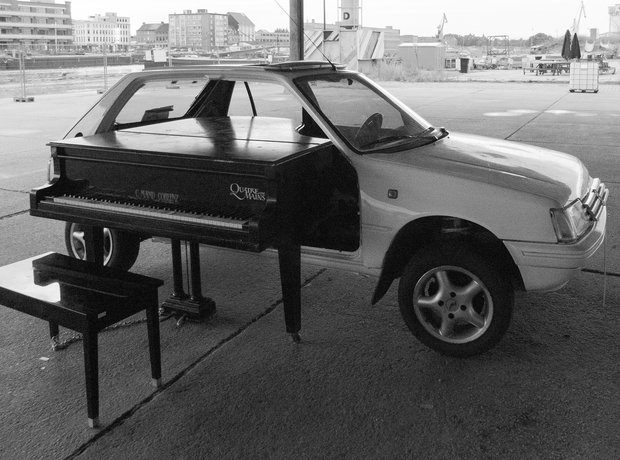
With a new studio of beginning and transfer students, I find myself running contests, posting practice results, playing games, and sharpening theme inspired pencils.
I find myself filling in the blanks, while teaching and securing the basics.
In the course of doing the above, I marvel each time at the detail included in one tiny piece of music. If you look, the composer gives you everything you need to create a finely polished performance. You just need to take note of the road signs along the way.
On the journey through “The Flea”, Mel Bonis, for example, the road map includes rests which are for counting, staccato which should be played and played with a touch to imitate a flea, rolled chords, two note slurs, various dynamic requests to achieve color, description and variety, and several tempo fluctuations which announce in no uncertain terms that this flea is on the move.
I am continually perplexed as to why a staccato note is played legato, or rests are ignored. Why strings of two note slurs are played cohesively and legato, and why “piano” is played “forte”.
A note (or group of notes) cannot be observed as just a note to add the detail later; it is a living creation with a specific way to be executed, defined by touch, length, volume, and tone color.
The challenge then, is to include a staccato note as staccato, count the rests, and include the appropriate motion to realize a two note slur from the first moment.
To meet this challenge, it is necessary to understand, assimilate, and watch the road signs along the way. When driving to the ski slope, stop signs are imperative to avoid collision. Yield signs, light signals, speed limits, and special signs to alert you to the danger of deer or turtle crossing all combine to provide a safe travel to your destination.
Thus is my goal: to make it natural and automatic for my budding students to embrace all the elements surrounding that one note (or group of notes) in a blink.

Safe travels, then, through your complex and fascinating piece of music. Watch and obey all the signs along the way for a safe and accurate ride to the end.
Sally Rowsell
rowsellpiano.ca
No comments:
Post a Comment